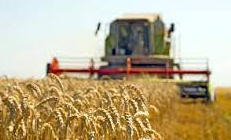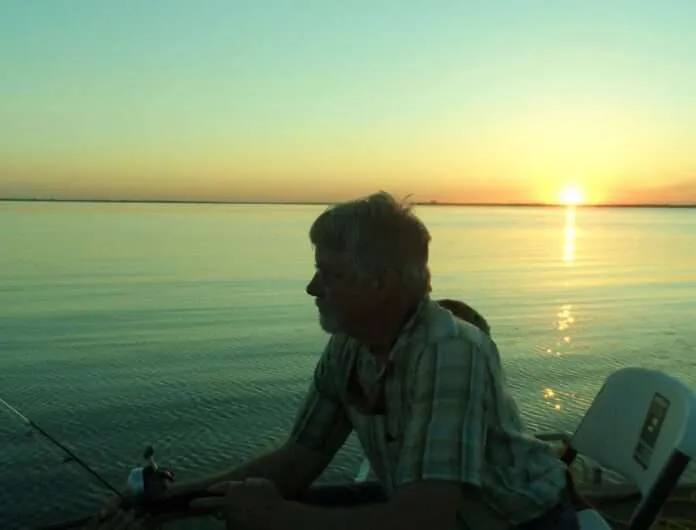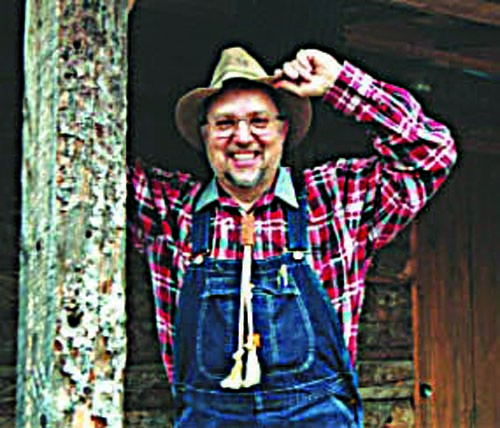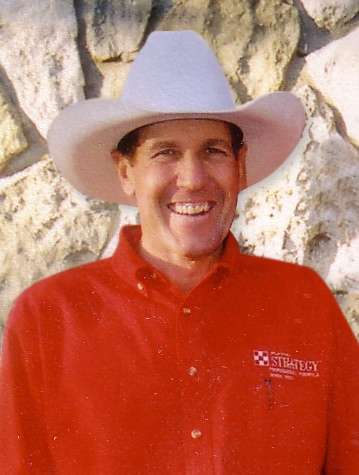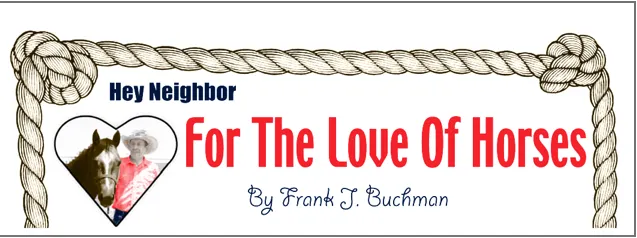A late March freeze, blustery days of blowing dust and predicted 80-degree afternoons — the dramatic springtime weather in Kansas can leave everyone wondering what exactly is coming next, especially wheat producers watching their stands green up after the winter.
Kansas Wheat caught up with farmer leaders from across the state to check on how this crop is stacking up compared to last year’s drought-stricken fields.
According to the USDA’s National Agricultural Statistics Service (NASS) crop progress report for the week ending April 7, 2024, winter wheat was rated at 49 percent good to excellent, 37 percent fair and 14 percent very poor to poor. A third of winter wheat, primarily in the southern tier and central-to-east regions of the state has jointed, ahead of both last year and the five-year average.
Producers are currently spraying a good stand of wheat for bugs and worms in far western Kansas, where Jason Ochs farms near Syracuse. The area is in a pocket of Kansas that received adequate, but extremely variable, moisture over the winter, which was just enough to keep them out of drought status and maintain a good stand of wheat.
The wheat drilled in absolutely beautifully, and we got a good stand right off the bat,” he said. “It’s a nice change.”
The cold temperatures at the end of March did burn just the tips of wheat, but Ochs was more concerned about spraying and getting that next round of moisture than freeze damage. He reported the top two to four inches is starting to look pretty dry.
“We missed the last three or four moisture chances, so optimism is going down a little bit,” Ochs said. “As of now, it looks like we are going to definitely raise above-average yields. I don’t know how you cannot be a little excited about that.”
A swath through central Kansas is in moderate drought, having missed out on the winter moisture that benefitted the western part of the state. That’s certainly true where Martin Kerschen farms in Reno and Sedgwick counties. He reported that ponds are still dry, and the wheat is starting to show that blue tint, indicating drought stress. He is also more concerned with the impact of upcoming 80-degree days this weekend than with the singed tops from the freeze late last month.
“Without moisture, it’s not going to be the best of situations,” Kerschen said. “But it looks a lot better right now than it did last year. That’s one positive.”
Near Plainville in north-central Kansas, Mike McClellan also feels like he’s always waiting for moisture. He planted his wheat late, waiting for rains, and some of it did not come up until the first part of March. The late emergence prevented freeze damage since the wheat was not in as vulnerable of a growth stage.
“Most of the wheat in our area is really small and has taken off now, so that helped us get through the freeze ok,” McClellan said. “Now we’re starting to get some growth and all of a sudden we’re starting to worry about moisture again.”
With four days of wind at more than 40 miles per hour, that next rainfall event is critical. However, he pointed out that he did not cut any of his winter wheat last year, so this year still has him feeling better about this crop’s chances.
Further north, near the Nebraska border, Chris Tanner feels like the drought may finally be breaking where he farms around Norton. He had nice fall moisture to drill in his wheat and then had a couple of torrential downpours and a few snows that maintained good moisture.
“Our profiles are a lot better than we’ve had in the last three years,” Tanner said. “It feels better coming out of a drought rather than going into it. We’ve done our time.”
The wheat in this area was not far enough along to suffer from cold temperatures, but a few spotty fields are showing a little stress. At this point, however, he is feeling optimistic about this year’s crop.
“We’re a lot better off than we have been in the last several years,” he said. “Right now, it’s one of the better-looking crops that I’ve seen in the last 10 years.”
Follow along with Kansas Wheat at kswheat.com for more updates from the field as the 2024 wheat crop continues progressing to this summer’s harvest.

